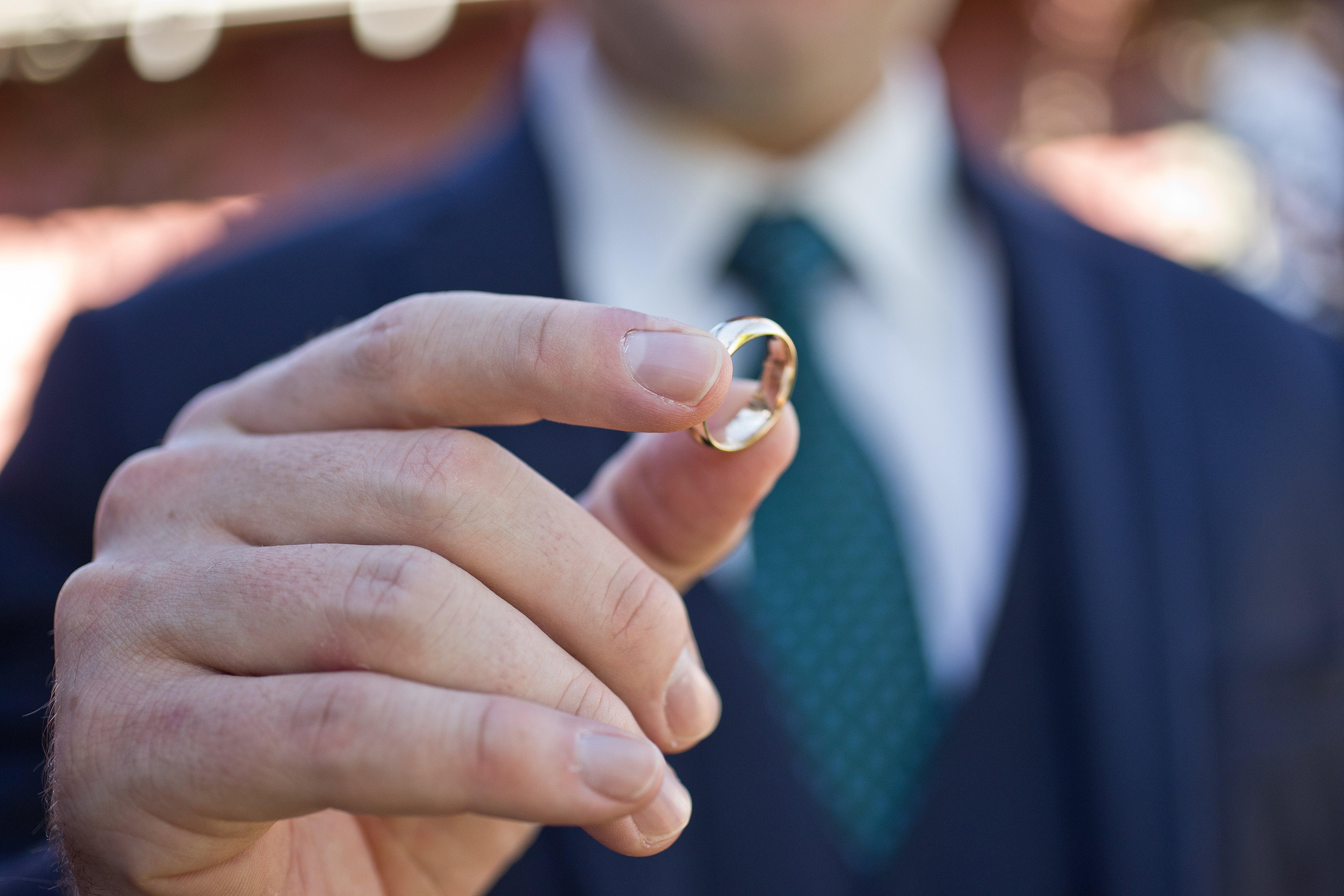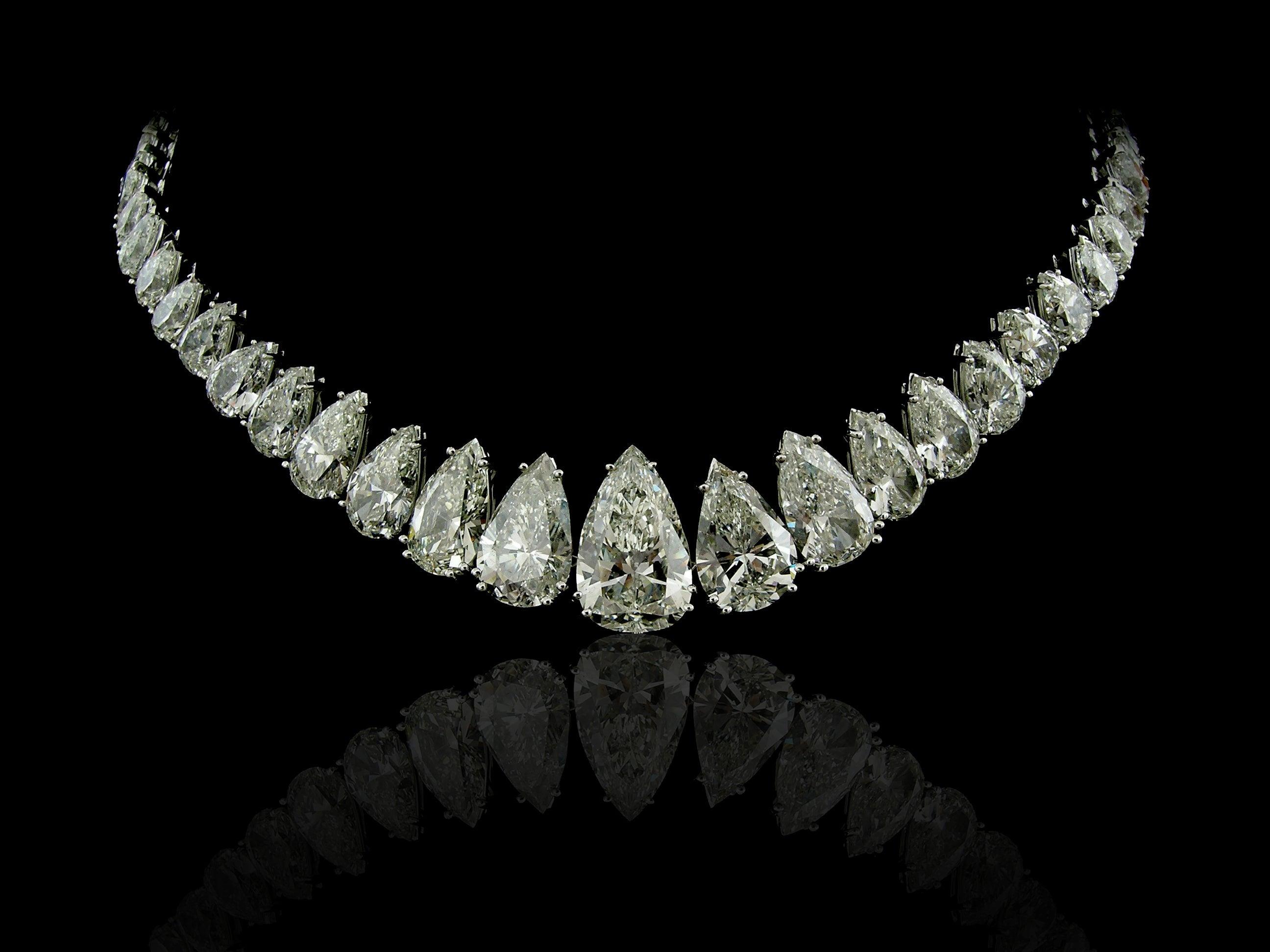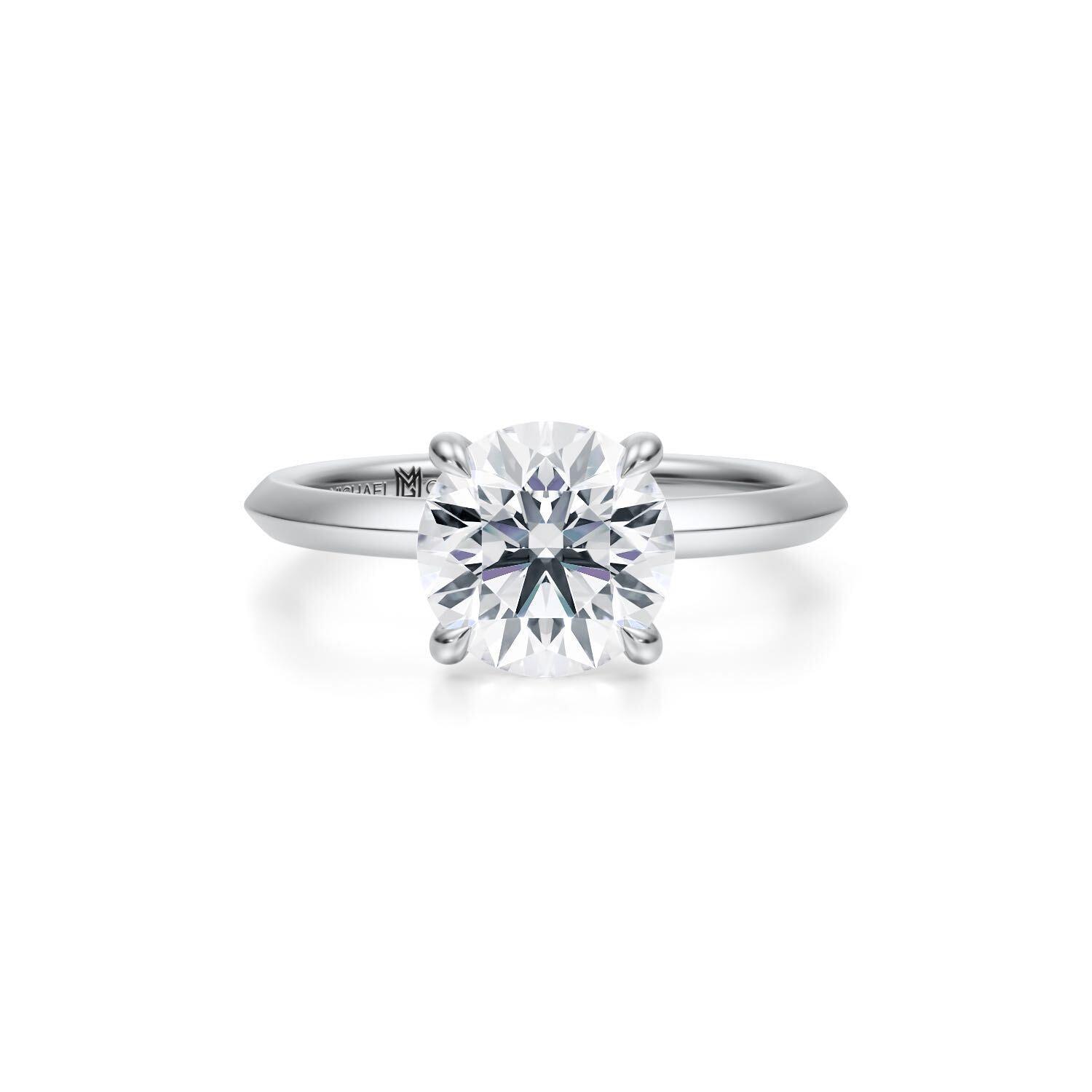
History of Men's Wedding Bands

Wedding bands have existed since ancient times but exclusively, it would seem, for women.
Earliest given in Egypt, they symbolized continuity, resembling the sun and moon the Egyptians revered divinely and sometimes worshiped, with their round features and relationship as light sources of perpetual regularity.
Those rings were often tied pieces of rope, bone, ivory, or other soft, workable materials.
When the Romans adopted the custom, they most commonly used iron during the republic, whose strength they held in the highest regard. Later on, during the lavish excesses of the empire, gold became prominent.
Early ring giving was partially a symbol of a husband's ability to provide for his bride, as well as a public display of their betrothal, which was basically a “hands off,” advertisement. Later, when gold became more popular, it also represented how much he trusted her with his money.
Later, rings became a canonized part of the Christian marriage ceremony.
Gold was the most popular, though other precious metals and stones were also used. And the timeless custom of tying up a promise ring with a piece of string survived.

Ring giving has remained an integral part of marriage in the west and has spread, in the last millennia, to almost every corner of the world.
And yet, until only about 50 years ago, it was rather rare for men to wear wedding rings.
Though there were certainly occasions when a wife gave her husband a ring, they were not considered wedding rings the same way hers was.
That started to change at the beginning of the 20th century.
As the common story goes, WWI brought millions of soldiers together in one of the most devastating events of human history, and the beleaguered men on the front, deep in the mud and waste and death of their friends and foes, driven mad by the constant blast of shells and the whine of machine guns, needed something durable to remind them of the homes and families that were worlds away. As the tale is told, they began wearing wedding rings.
This practice became even more popular in the roaring twenties and especially for servicemen going to fight in World War Two.
Between the 50s and 70s it continued to creep into popular culture. Humphry Bogart was one of the first major male celebrities to don a wedding ring when he married Lauren Bacall.
Changes in fashion and culture lent steam to the adoption of men's wedding rings. Attitudes about gender were changing in the second half of the 20th century, and some feminist movements found male adoption of a wedding ring attractive. The lavish and gilded 80’s presented more favor for men to sport jewelry in general, and wedding bands in particular. And not leastly, the legalization of gay marriage opened up the door for homosexual male couples to exchange wedding rings.

Today, in the west it is largely more common to see men wearing wedding bands than not, and the fashion in men’s wedding rings diversifies more every year.
That being said, at Michael Gabriels we definitely appreciate a man who wants an unadorned band, and we are ready to make one or more in whatever style you and your partner can conceive.
Traditional round bands are easy on the eyes and easy on the hand. They won’t wear out, be at risk of damage from bumping and daily activities, hell, you can wear them to battle if that's where you’re headed.
At Michael Gabriels, we do have a lot more to offer, if your tastes are for a more modern, or vintage, or just an alternative look.
Consider an unadorned band, but one of metal twisted or braided together. With one, two or more tones, you can create an elaborate style or one that is more simplified, harking back to that ancient wedding tradition of using rope with a modern touch.

Try bands of unique shapes, such as a knife-edge, straight edge, or bevel. Knife-edge bands have a glamorous look with the extra metal they have shining. Tapering from the inside out, they have a central ridge in the middle that can run for all or part of the way along the band. Customize with a row or two of pave, and your finger will scintillate magnificently.
Straight-edged bands have a more industrial look, with all flat sides. This clean, straightforward look can be customized with borders, filigree, and millgrain, pave, and channel set diamonds in the center running part or all the way around.
To be continued in our next blog, Choosing: Men's Wedding Bands Pt 2



